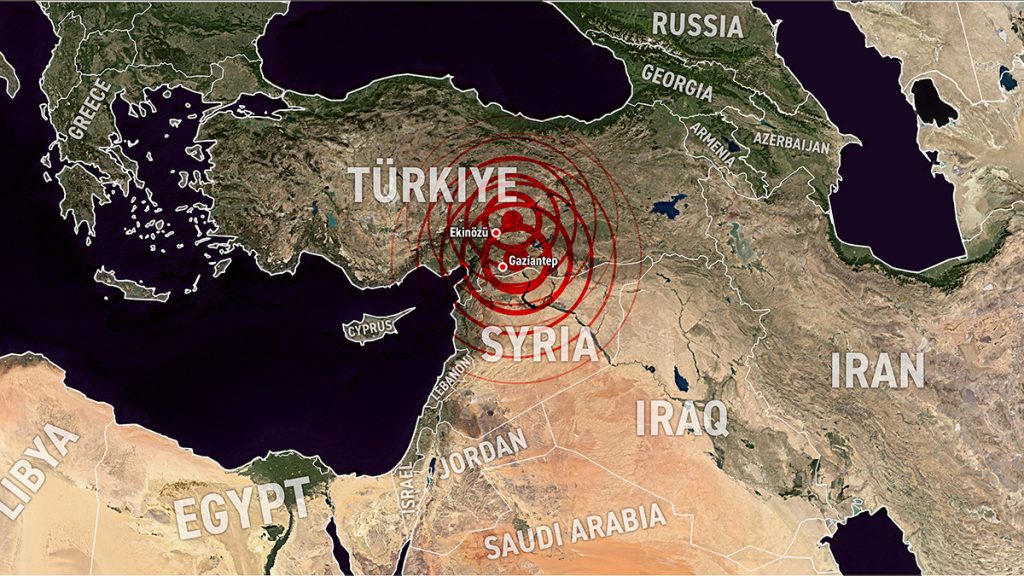
The ground has just dropped beneath your feet. As you desperately try to grasp what’s happening, the rubble is closing in on you. You struggle to reach out for your phone. But it is not there, and It dawns on you. This is how I die.
If the recent devastating events of turkey and the region has shown us anything, it’s the need for the world to focus on averting, responding, or managing such disasters with less loss of lives, and telecom is expected to lead the way. Let’s see how.
Emergency Telecom: Averting and Mitigation
One of the main pillars of disaster readiness is mobile communication networks. They play a significant role in disaster preparedness, response, and recovery. People and first responders rely on mobile technology for communication and use data to exchange information, photographs, and videos. Mobile networks that can support effective communication during emergencies are crucial.
The mitigation phase consists of rigidity preparations. During this phase, data is gathered by dissecting prior disasters to learn from. An ever-updated of the risks needs to be set. The infrastructure is then prepared according to the plan. Telecom contributes to these preparations through connectivity and providing the data required to complete these steps like priority call routing and the regulatory flexibility of the operators to report voluntarily during a disaster that’s been mitigated.
By ensuring that the populace is well-informed beforehand, mobile networks play a crucial role in minimizing loss of life, revenue, and infrastructure damage. Planning and design are required to ensure that the proper priorities, equipment needs, and training requirements can be determined for significant events. Following national regulations set by regulators may only sometimes be sufficient for operators.
Emergency Telecom: Response and Managing
When a disaster hits, having a working cellphone with a network might save your life. Yet telecom can do so much more. The rescue teams, the medics, etc., all need an intricate level of connectivity to operate optimally and save as many lives as possible.
Field Data
There are now many options for much more prompt and efficient responses thanks to the development of the internet and different technical methods for linking one user to many others. Since they are the most accessible and economical, response organizations use internet connections enabled by local providers whenever possible. Many alternative satellite solutions, including satellite broadband terminals (such as BGANs and IP+) and bigger satellite ground stations (such as VSATs), are used when local mobile network operators or internet service providers cannot provide internet access.
Secure Communications
Emergency personnel is frequently sent into dangerous situations without access to dependable communication channels. The primary means of staying in touch and conducting business safely are two-way radios, with communication channels set aside for communications between field responders and home base operations.
Broadcasting Messages to the Public
Due to the widespread use of mobile phones, the general population can now receive critical communications. These messages can inform locals about the state of emergency preparedness activities, early disease outbreak indicators, and how to access nearby services. Because “word travels fast,” these practical tools can benefit all communities, even those with low rates of cell penetration and, in some circumstances, literacy.
Coordinated phone conversations.
Mobile phones became an ever-more-popular tool of choice for one-to-one audio chats due to mobile phone usage and expanded mobile network coverage. Most emergency responders will use cell phones for basic voice conversations between two people (assuming the local networks are operational). Emergency personnel frequently use satellite phones for one-to-one voice conversations when local networks are not functional.
Final Thoughts
All of us need to be held accountable for the future. We will always have to live with natural disasters. The emphasis is on live, not die. As long as urban zones exist, there will be a need for a greater partnership between constructors, town planners, and technologists. Constructors must concern themselves with robustness and ergonomics. Town planners should worry about safety, and technologists should provide early warning systems and blanket communications. While this is already being implemented in developed countries, we must find a way to help those developing countries with high population densities on fault lines. We live in a global community. Let’s act like one.
Inside Telecom provides you with an extensive list of content covering all aspects of the tech industry. Keep an eye on our Telecom sections to stay informed and up-to-date with our daily articles.